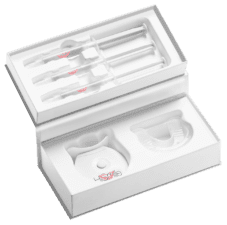Home » Corrugated vs. Foam Inserts: A Comprehensive Comparison
Corrugated vs. Foam Inserts: A Comprehensive Comparison

Packaging is not merely a practical aspect of shipping; it’s also a statement about your brand’s commitment to quality and protection. When it comes to safeguarding your products during transportation, two commonly utilized materials for packaging inserts are corrugated and foam. In this detailed exploration, we will delve into the nuances that set these two options apart, helping you make an informed choice that aligns with your specific packaging needs.
Corrugated Inserts
- Material Composition: Corrugated inserts, the stalwarts of the packaging world, owe their strength to the clever combination of three layers – an inner layer, an outer layer, and a fluted middle layer. This design ensures remarkable durability while maintaining a lightweight profile.
- Customization: The versatility of corrugated inserts is impressive. They can be intricately die-cut into various shapes and sizes, perfectly tailored to cradle your products.
- Cost-Effectiveness: If budget constraints are a concern, corrugated inserts offer a cost-effective solution, ensuring that your products are protected without breaking the bank.
- Eco-Friendly: With environmental consciousness on the rise, corrugated cardboard stands out as an eco-friendly choice. Its recyclability and biodegradability resonate well with eco-conscious customers.
- Protection: Corrugated inserts provide reliable protection against common shipping hazards like impacts and vibrations, making them ideal for products with moderate fragility.
- Stackability: Their stackable nature makes corrugated inserts efficient for storage, a feature that can significantly optimize warehouse space.
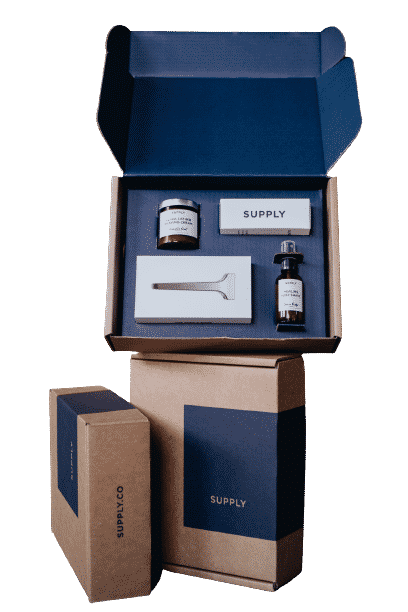
Foam Inserts
- Material Composition: Foam inserts come in various formulations, including polyethylene (PE) foam, polyurethane (PU) foam, and ethylene-vinyl acetate (EVA) foam. These foams are revered for their cushioning properties.
- Customization: Like their corrugated counterparts, foam inserts can be precision-cut to match the unique contours and shapes of your products, ensuring a snug and secure fit.
- Superior Cushioning: Foam inserts are the champions of cushioning, excelling in cradling delicate items with an extra layer of protection. They are often the go-to choice for high-value electronics, precision instruments, and delicate medical devices.
- Density Options: The availability of various foam densities allows you to select the level of cushioning that precisely matches your product’s fragility and weight.
- Reusability: Foam inserts, being more durable, can be reused multiple times. This can be a cost-effective option for businesses dealing with returns or shipments to multiple destinations.
- Weight: It’s worth noting that foam inserts are more bulkier than corrugated inserts, which may contribute to the overall space required of the package and potentially affect shipping costs, especially for international deliveries.
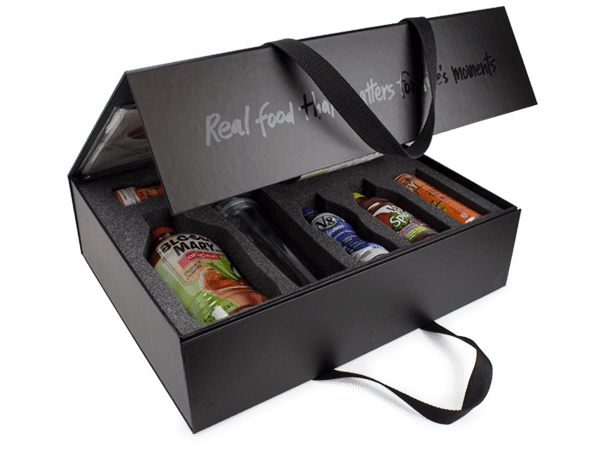
Conclusion
In the packaging world, one size does not fit all. Your choice between corrugated inserts and foam inserts hinges on several factors, including the fragility of your products, budget constraints, and your commitment to environmental sustainability. Sometimes, a hybrid approach works best – employing corrugated inserts for the outer packaging and foam inserts within to offer a comprehensive solution that marries cost-effectiveness and superior cushioning. Remember, your packaging reflects your brand’s dedication to quality, so choose wisely to ensure your products arrive safely and leave a lasting impression on your customers.
If you are interested in corrugated, foam or other packaging inserts, then partner with Brown Packaging today to get started.
Sustainability in pet product packaging involves balancing environmental impact with functional performance. Materials must protect against moisture, oxygen, and pests while also meeting recyclability or
Retail packaging must do two jobs at once—catch the shopper’s eye while protecting the product through the supply chain. Too much focus on graphics can
As budgets tighten in 2026, packaging buyers are under pressure to reduce costs without increasing damage rates. Cutting too aggressively can lead to product loss,
Many U.S. businesses currently sourcing packaging from China are facing a harsh reality: tariffs and trade volatility can quickly erode margins and disrupt supply chains.
Home » Corrugated vs. Foam Inserts: A Comprehensive Comparison
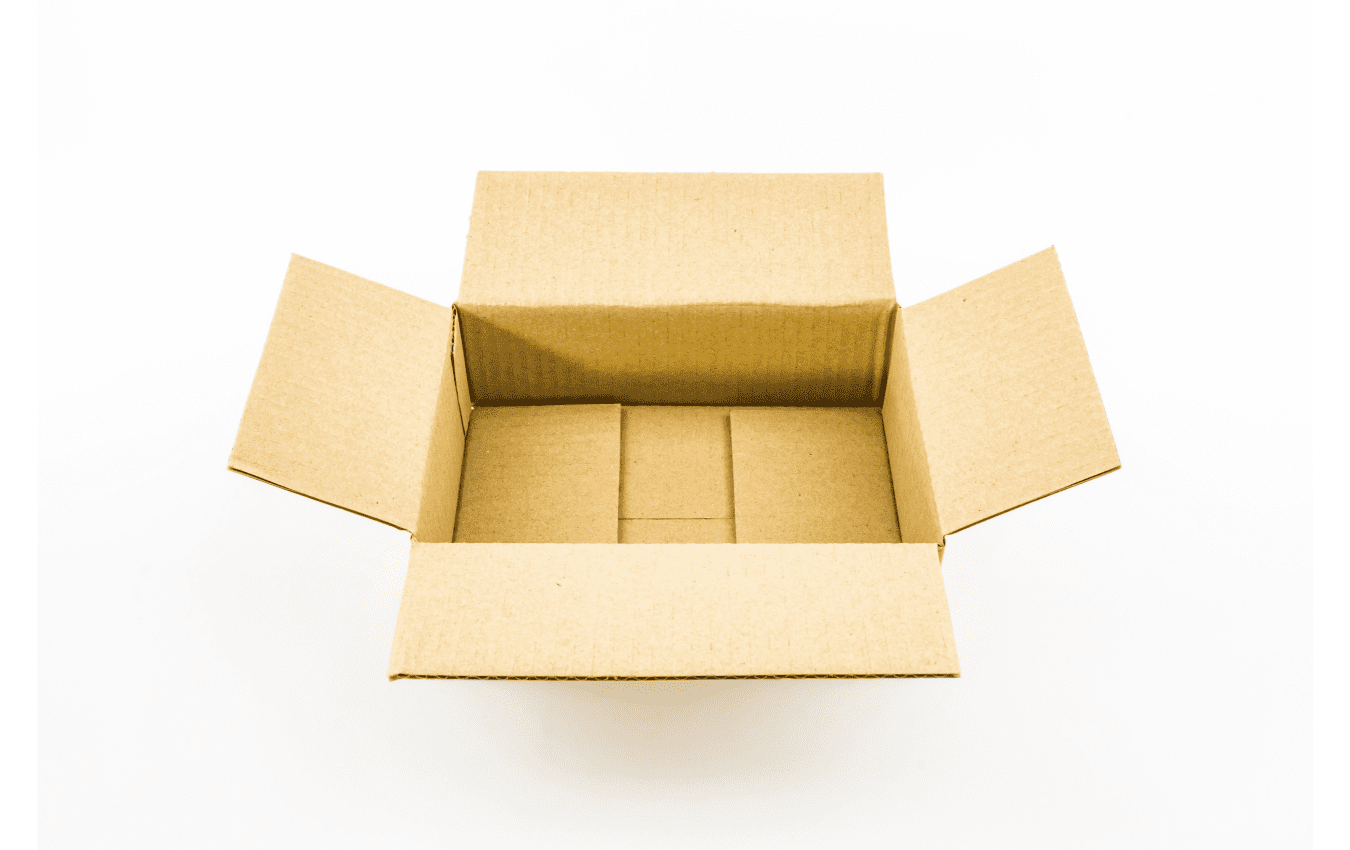
Corrugated boxes are one of the most popular packaging materials used by businesses worldwide to ship and store their products. They are made of corrugated
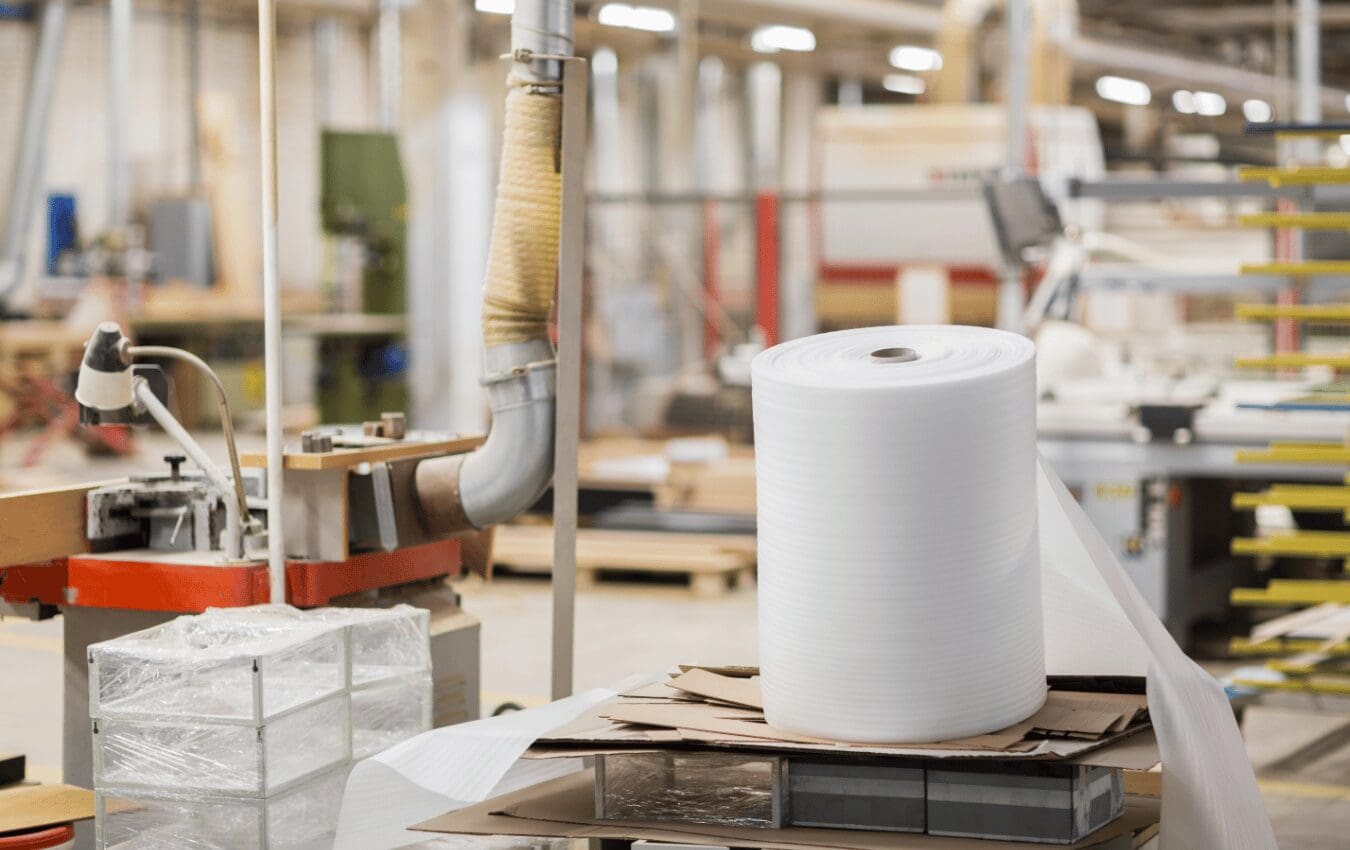
We all want to protect our products during shipment, but are not quite sure on which product to use, often many of us find ourselves
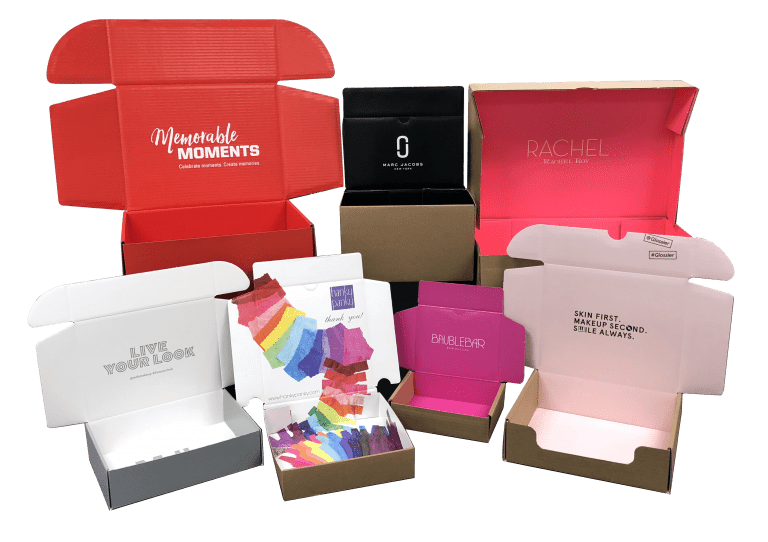
When it comes to packaging, the roll-end tuck top (RETT) box is a versatile solution that seamlessly transitions between the realms of retail and e-commerce.


